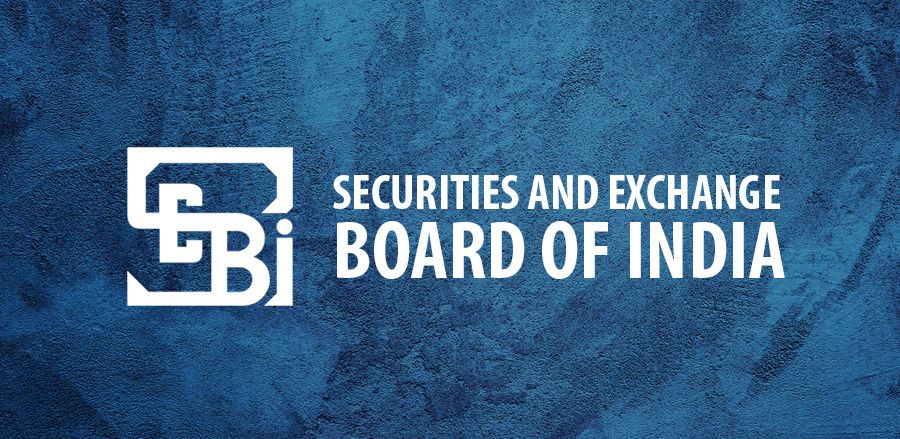India’s markets regulator–Securities and Exchange Board of India (SEBI) proposed to make strict rules on how companies can use the proceeds received through initial public offerings and how fast big investors can exit. It is proposed to protect the rights of smaller shareholders who wished to buy the shares of an IPO by new-age technology firms that are taking the nation’s equity markets to record highs.
SEBI proposed that a limit of a maximum of 35% of funds raised via IPO can be diverted to acquisitions and unspecified strategic investments, according to a consultation paper published late Tuesday. It also said that there should be a lock-in period for longer so that so-called anchor investors do not exit quickly post-listing.
The proposals from SEBI come at a time when India is seeing an IPO frenzy, setting a record year for IPOs. Also, the proposal has come after the central bank’s decision to draw some limit line for borrowers seeking to buy shares of a new listing.
Paytm will get listed on the Indian stock exchanges this week, while Go Fashion (India), Tarson Products Limited have opened up for subscriptions.
Following are the changes proposed by the regulator:
- As much as 35% of the IPO issue can be utilised in inorganic growth initiatives and general corporate purposes.
- Technology companies often utilise funds for expanding into new markets, acquiring customers or other firms — objectives that are often broadly grouped under the category of ‘Funding of Inorganic Growth’ that create uncertainty for investors, the regulator said.
- For firms going for IPO with no identifiable promoters, significant shareholders will have to face an upper limit of 50% of their pre-issue holding when they wish to sell their shares. Any investor owning over 20% shares will be categorised as a ‘significant shareholder.’
- Such shareholders will have to face a lock-in period of six months after the share sale. This may include venture capital funds, alternate investment funds, SEBI said.
- At least fifty per cent of the anchor investors should be those who are ready to stay invested for at least 90 days. At present, it is of 30 days.
The Sebi plans come after the Reserve Bank of India said last month that credit for new listing assets will be capped at 10 million rupees per borrower starting April 1, 2022.

